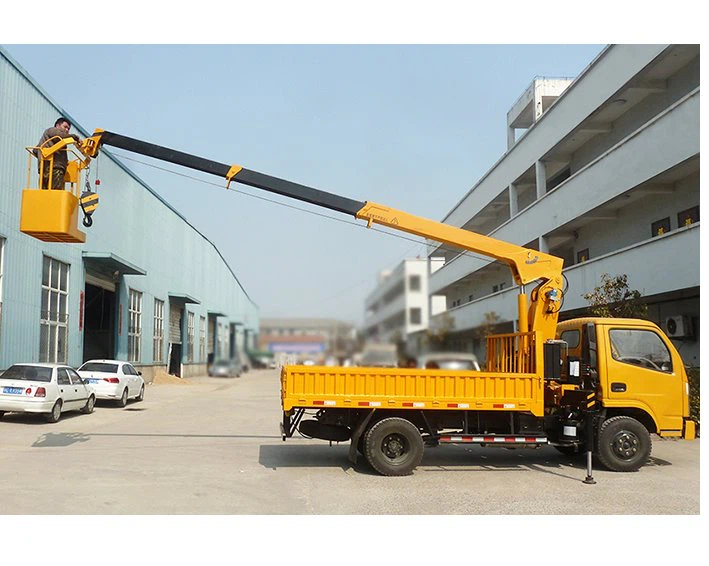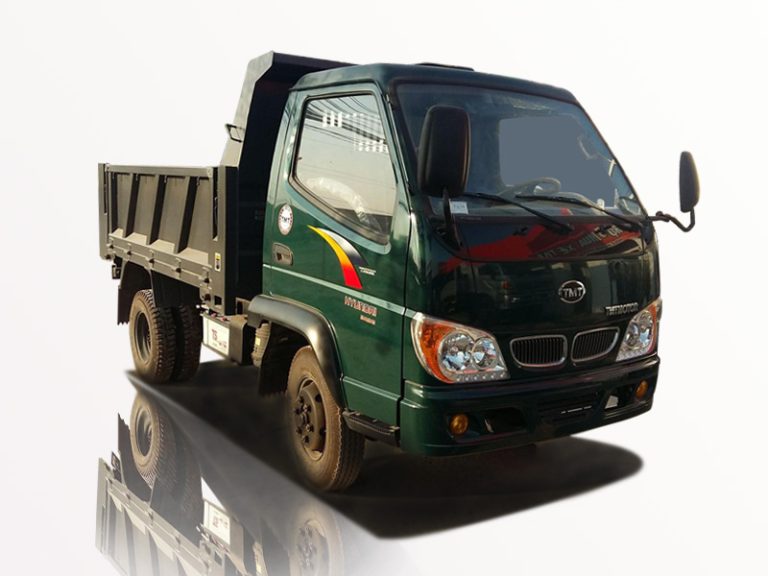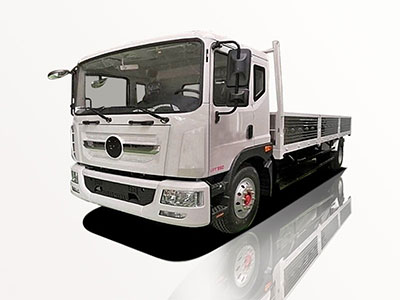In recent years, the logistics and delivery sector has gained immense importance globally, particularly in Japan. With its unique culture and highly developed economy, the way Japan handles delivery trucks represents a fascinating blend of tradition and modernity. This article delves into various aspects of Japan’s delivery truck industry, from the types of trucks commonly used to the innovations transforming the field. Whether you’re a logistics professional or simply curious about the topic, you’ll find valuable insights in this guide.
Understanding the Japanese Delivery Truck Industry
The delivery truck industry in Japan plays a crucial role in maintaining the country’s economic vitality. With its bustling cities and vast rural areas, effective transportation networks are vital for timely deliveries.
Historical Context
The evolution of delivery trucks in Japan can be traced back to the post-World War II era when the demand for goods transportation surged. Initially dominated by basic vehicles, the industry has since transitioned into a sophisticated network of logistics and delivery systems supported by advanced technology.
Current Market Overview
The delivery truck market in Japan is projected to grow significantly. In 2020, the domestic express delivery market was estimated to be worth over 1 trillion yen, demonstrating a steady upward trend. This growth can be attributed to the booming e-commerce sector and the continued demand for efficient logistics solutions.
Types of Delivery Trucks in Japan
Light-Duty Trucks
Light-duty trucks are predominantly used for urban deliveries. Their compact size makes them ideal for navigating crowded city streets.
Examples
Popular models include:
- Toyota HiAce
- Nissan NV350 Caravan
- Suzuki Carry
Medium and Heavy-Duty Trucks
Medium and heavy-duty trucks are suitable for transporting larger goods or bulk shipments, connecting urban areas with rural regions.
Examples
Common models include:
- Mitsubishi Fuso Canter
- Isuzu Elf
- Hino Dutro
Innovations in Delivery Truck Technology
Advanced Tracking Systems
Today’s delivery trucks are equipped with GPS tracking systems, providing real-time updates to both the company and customers regarding shipment status. This technology greatly enhances customer satisfaction by offering transparency in delivery times.
Eco-Friendly Solutions
Japanese delivery companies are increasingly utilizing eco-friendly trucks to reduce carbon footprints. Many firms are adopting electric or hybrid vehicles to meet stringent environmental regulations.
The Role of E-Commerce in Japan’s Delivery Truck Sector
The rise of e-commerce has significantly impacted the delivery truck industry in Japan. Consumers expect swift delivery times, pushing companies to adapt their logistics strategies.
Last-Mile Delivery Challenges
Last-mile delivery, the final leg of the delivery journey, poses several challenges, including traffic congestion and limited accessibility. Companies must employ innovative solutions to overcome these hurdles.
Case Study: Amazon Japan
Amazon Japan has revolutionized delivery methods in the region by employing advanced logistics management and local delivery partnerships to ensure prompt delivery of products.
Best Practices for Delivery Truck Operations
Fleet Management
Effective fleet management is crucial for optimizing operations. Companies should invest in fleet management systems that can help track vehicle performance, maintenance schedules, and driver efficiency.
Driver Training
Training drivers in safety protocols and efficient driving practices can reduce accidents and fuel consumption, thereby improving overall delivery efficiency.
Regulatory Framework Governing Delivery Trucks
The Japanese government has instituted various regulations to ensure safety and sustainability in the delivery truck industry.
Licensing and Compliance
To operate delivery trucks, drivers must possess the appropriate licenses and comply with safety regulations mandated by the Ministry of Land, Infrastructure, Transport and Tourism (MLIT).
Environmental Regulations
Japan has strict environmental standards that delivery truck companies must meet, especially regarding emissions and vehicle maintenance.
Logistics Trends Affecting Delivery Trucks
Automation and Robotics
The integration of automation and robotics in logistics can streamline deliveries, reduce labor costs, and increase operational efficiency.
Data Analytics
Data analytics is transforming how delivery companies monitor performance and predict delivery timelines. By analyzing data, companies can optimize routes and improve service quality.
Future of the Delivery Truck Industry in Japan
The future looks promising for Japan’s delivery truck sector. With continuous advancements in technology, environmental sustainability efforts, and the ongoing rise of e-commerce, the industry is poised for significant evolution.
Mobile Apps for Delivery Tracking
Mobile applications are enhancing customer experiences by providing users with real-time tracking and updates for their deliveries.
Expansion of Autonomous Delivery Vehicles
As technology evolves, autonomous delivery trucks may soon become a reality, particularly in rural areas with less traffic congestion. Companies are investing in trials and innovations to pave the way for this development.
Conclusion
The delivery truck industry in Japan is a dynamic and essential part of the nation’s logistics framework. By understanding its complexities, trends, and innovations, stakeholders can better navigate the challenges and opportunities presented by this evolving field.
FAQs about Japan Delivery Trucks
1. What types of delivery trucks are predominantly used in Japan?
Light-duty trucks are commonly used for urban deliveries, whereas medium and heavy-duty trucks are utilized for larger or bulk shipments.
2. How do delivery companies manage last-mile delivery challenges in Japan?
Many companies leverage technology, including GPS tracking and efficient route planning, to address challenges such as traffic congestion and limited access.
3. What regulations must delivery trucks comply with in Japan?
Delivery trucks must adhere to regulations regarding licensing, safety, and environmental standards set by the Japanese government.
4. How has e-commerce impacted the delivery truck industry in Japan?
The rise of e-commerce has led to increased demand for faster delivery services, pushing companies to innovate their logistics operations.
5. What sustainability measures are being adopted in Japan’s delivery truck sector?
Many companies are investing in electric and hybrid vehicles to reduce emissions and comply with environmental regulations.
6. What are the future trends for delivery trucks in Japan?
Future trends include the increased use of automation, advancements in mobile apps for tracking, and the potential adoption of autonomous delivery vehicles.


